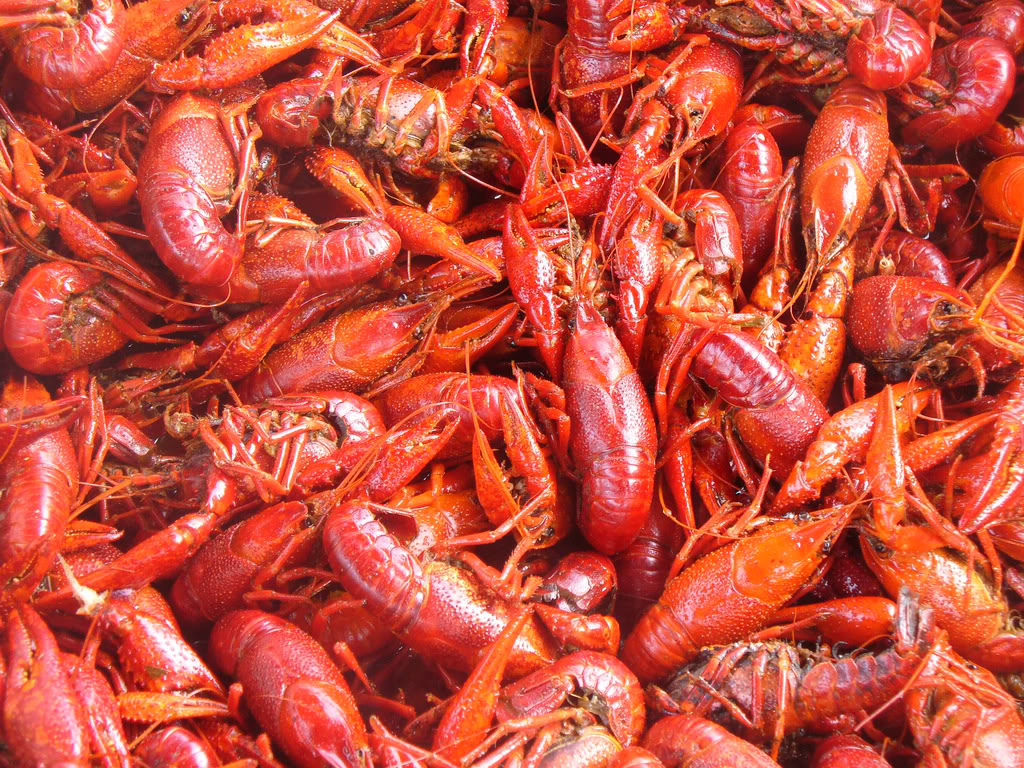 Phytohemagglutinin! Sounds like something an ancient Viking would scream before chopping your head off, doesn’t it? Don’t know that word? It’s alright. Hardly anybody does. But you should at least know what it can do to you. Phytohemagglutinin (PHA) is a toxic chemical produced by plants in their seeds that act as natural pest control. It prevents bugs from destroying seeds (i.e. beans.) Different types of dry beans contain different levels of this toxin, and dry red kidney beans have some of the highest levels of it. Toxins in muh beans, you say? Pish posh. Um, nope. There’s a reason why dry beans sometimes cause loads of gastric distress. This is it. PHA attacks the epithelial lining of the intestines. The body, recognizing the toxin, attempts to flush your lower half out, and sometimes your upper half, resulting in diarrhea and vomiting.
Phytohemagglutinin! Sounds like something an ancient Viking would scream before chopping your head off, doesn’t it? Don’t know that word? It’s alright. Hardly anybody does. But you should at least know what it can do to you. Phytohemagglutinin (PHA) is a toxic chemical produced by plants in their seeds that act as natural pest control. It prevents bugs from destroying seeds (i.e. beans.) Different types of dry beans contain different levels of this toxin, and dry red kidney beans have some of the highest levels of it. Toxins in muh beans, you say? Pish posh. Um, nope. There’s a reason why dry beans sometimes cause loads of gastric distress. This is it. PHA attacks the epithelial lining of the intestines. The body, recognizing the toxin, attempts to flush your lower half out, and sometimes your upper half, resulting in diarrhea and vomiting.
Don’t fret! This chemical is easily broken down. The key is to boil the beans vigorously for at least ten minutes in plenty of fresh water. Even if you are going to use a slow cooker, you MUST boil the beans first!!! Personally, I simmer my beans on the stovetop for a couple of hours, but I still boil them first. A change of water isn’t necessary. Once the PHA is broken down by the heat of boiling, the components are harmless. Of course, this isn’t necessary with canned beans. The canning process includes boiling them, so we’re all good to go when we pop open a can of Trappey’s. No judgement here—I’ve been known to pop open a can of Trappey’s black eyed peas when I’m the only one eating them. I’m not gonna slave over a hot stove cooking my creamy black eyed peas from dry beans for just one serving.
So, if you’re so inclined and I haven’t scared the shit out of you enough, here’s my technique for making red beans. I’m going to be constructing a post on the uses of rice varieties in the near future, so I’ll leave the decision about the rice to you in this one.
1 lb. red beans (as I’ve said before, I use Camellia brand, but understand that if you use the cheap stuff, quality is going to be different)
2 tbsp. vegetable oil
1 large onion, minced
1 tbsp. minced garlic (or a couple of toes of garlic, minced)
Salt to taste (I use sea salt—I find it doesn’t take as much and has a lighter bitter taste)
½ lb. sausage, bacon, tasso, or other seasoning meat (about 1 link of Savoie’s smoked sausage per pound of dry beans—thinly sliced) Of course, you can make this Lent-friendly and just omit the meat if you need a good hearty meal for Fridays during Lent and you’re not planning to gorging yourself on crawfish, crabs and shrimp.
Rinse and sort beans. Add 8 to 10 cups of fresh water to beans in a large pot. Bring to a boil. Boil vigorously for at least ten minutes. In a separate skillet, cook the meat on medium heat, reserving any drippings. Add onion, garlic, salt, vegetable oil, meat and drippings. Lower heat, cover, and simmer for about two hours, stirring occasionally. About ½ hour before it’s done, mash about half of the beans with a potato masher or you can just use a spoon. This will release a lot of starch and thicken the liquid up and make it nice and creamy. If the liquid is not thick enough for your tastes, you can add a tablespoon of corn starch to about 1/2 cup of warm water and dump into the pot to instantly thicken it up. Enjoy over hot cooked rice. Or quinoa. Or whatever the beatniks are eating this week. Just kidding. Don’t you dare serve this over quinoa. I’ll hunt you down.
Note: beans freeze VERY well, so once you have your technique down, cook two and three pounds at a time.
